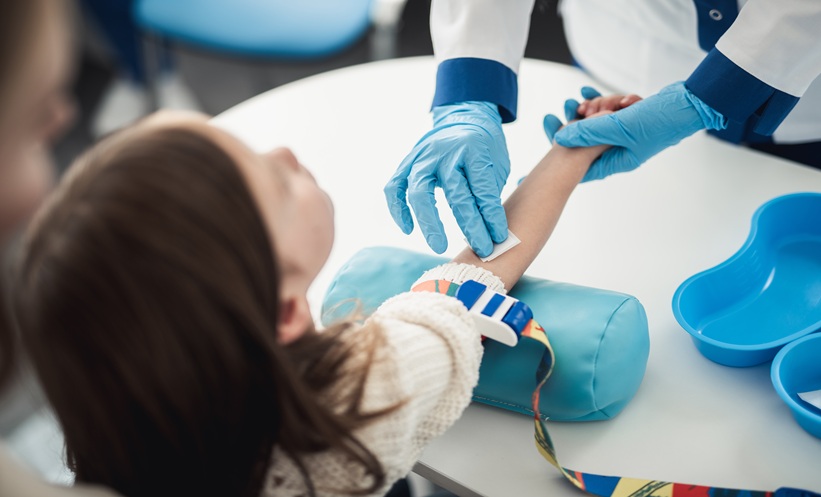The guideline committee of the Japan Society of Hepatology (JSH) have promptly updated the treatment guideline for the hepatitis C virus (HCV) after approval of the new direct-acting antiviral (DAA) regimen. Treatment options and recommendations are based on the results of the clinical trials and therefore should be validated by real-world data.
The Japanese Red Cross (JRC) Liver Study Group cohort is a nationwide, multicentre study group involving 92 Red Cross Hospitals. Hepatitis C patients treated with interferon-free DAAs are registered and prospectively observed. To date, 1,136 patients treated by daclatasvir+asunaprevir (DCV+ASV), 1,756 patients treated by ledipasvir/ sofosbuvir (LDV/SOF), 344 patients treated by ombitasvir/paritaprevir/ritonavir (OMV/PTV/r), and 1,127 genotype 2 patients treated by SOF+ribavirin (RBV) are registered.
The first-line treatment for genotype 2 in the JSH guideline is SOF+RBV. Treatment duration is fixed to 12 weeks. The real-life JRC cohort revealed that the rate of sustained virologic response (SVR) was 97% overall and was 90% in interferon (IFN)-experienced cirrhosis.
For DAA naïve genotype 1, SOF/LDV for 12 weeks, OBV/PTV/r for 12 weeks, elbasvir/grazoprevir (EBR+GZR) for 12 weeks, beclabuvir (BEC)/DCV/ASV for 12 weeks, and DCV+ASV for 24 weeks could all be a treatment choice. NS5A resistance-associated substitution (RAS) testing is recommended for DCV+ASV and OBV/PTV/r because NS5A RAS attenuated the rate of SVR in Phase III trials. In real-life JRC cohorts, RASs in NS5A at baseline were analysed by population sequencing to facilitate the selection of an optimal DAA regimen. The prevalence of NS5A Y93H RAS in patients treated by DCV+ASV was low compared to the general population. The overall rate of SVR in the real-life cohort was significantly higher than the Phase III trial, which was possibly due to optimal patient selection based on NS5A RASs. The prevalence of NS5A Y93H RAS in patients treated by LDV/SOF was significantly high compared to the prevalence in the general DAA naïve population. The rate of SVR was >95% irrespective of baseline NS5A RASs. These results may reflect the preference of physicians in real-life to select LDV/SOF for treating patients with baseline NS5A RASs in accordance with the recommendations by the JSH guideline.
By the nationwide analysis of NS5A RAS after DCV+ASV failure, the prevalence of signature RASs at position Y93, L31 increased significantly compared to baseline. Among patients with signature L31/Y93 RASs, the incidence of triple RASs was 40% and the incidence of quadruple RASs was 10%. The interim analysis of re-treatment by LDV/SOF showed that SVR12 was around 60%. The rate of SVR correlated with the number of RASs. Therefore, the JSH guideline recommends determining NS5A RAS before re-treatment in patients who failed DAA treatment and to defer re-treatment in those having multiple RASs.








